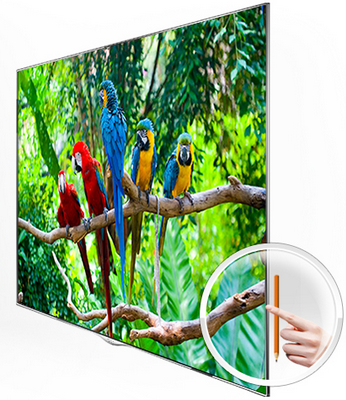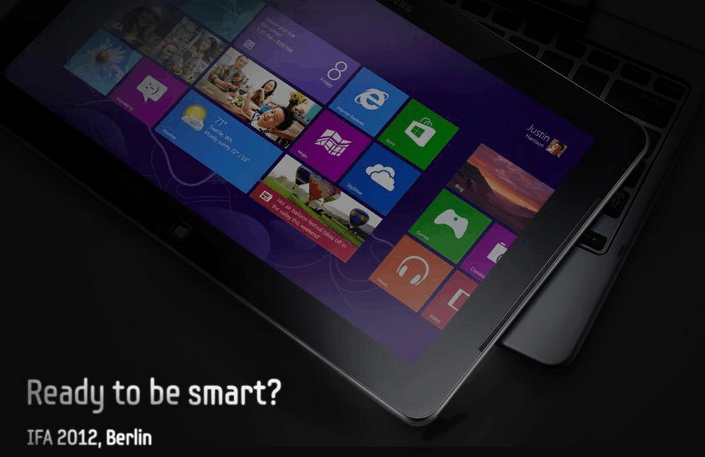by Larry Magid
About 250,000 people are expected to descend on Berlin’s fairgrounds for IFA this week, to look at everything from smart phones to TV sets to refrigerators and washing machines. IFA, which was once called Internationale Funkausstellung Berlin, began life in 1924 as a show about radio, and has evolved into Europe’s largest consumer electronics and home appliance show. The exhibition and conference, which runs for six days, will introduce visitors to 1,400 exhibitors spread around Berlin’s fair grounds (Messe Berlin). Like its U.S. counterpart, the giant Consumer Electronics Show that takes place inLas Vegas in January, all visitors will have a chance to look at new products while a few will get to peek behind closed doors for a look at products that are still on the drawing board.

I’ve been attending IFA for several years, mostly to get a sense of the differences between technology adoption in Europe compared to the U.S. While most products are pretty similar (we all love TVs, smart phones and tablets), European consumers seem to have a greater appreciation for energy efficiency and design. I’m often struck by how elegant some of the products seem compared to their American counterparts. And Europe – which has some pretty strict environmental laws – is ahead of the U.S. when it comes to energy efficient appliances.
OLED television is one example of energy efficiency because OLED (which stands for Organic Light Emitting Diode) doesn’t require a separate backlight like regular LCD or plasma displays. We’ve seen OLED at several recent Consumer Electronics Shows. At IFA Samsung and LG are expected to show OLED screens as large as 65 inches.
We’re also likely to see TVs with resolutions that put today’s high-definition sets to shame. So-called 4K TVs have four times the resolution of today’s 1080p sets for a cinema-like experience that’s much more detailed than HDTV sets, especially with larger screens. I don’t expect any of the 4K sets on display at IFA to be priced low enough for the consumer market nor do I see a big demand for them until programming becomes available, but it will be interesting to see where the technology stands today.
I’m sure I’ll see 3D sets at this year’s IFA but unlike previous years, companies won’t be touting them with quite so much enthusiasm now that they’ve been around for a while with lackluster consumer interest. 3D will stick around but it will simply be a feature in some sets. No big deal or major selling point – just one more thing you can do with your TV.

This IFA is taking place shortly before Microsoft releases Windows 8 – its new operating system that’s optimized for touch-screen PCs and tablets. Several companies, including Dell, Lenovo, Asus and Samsung are expected to show touch screen laptops or desktops optimized for Windows 8. Samsung will likely introduce a hybrid laptop/tablet with an Intel processor. A photo of the device on Samsung’s Facebook page shows it sitting on top of a keyboard. There will be many other tablets at the show featuring both the Android and Windows 8 operating systems.
Samsung is also expected to unveil the Galaxy Note 2 – a “phablet” with a 5.5 display, an HDTV-like 16:9 aspect ratio and a high-resolution screen. The company has scheduled a press conference for today (August 29th) at 11:00 Berlin time.
I’ll be at the press conference not only because I’m interested in smart phones but because this will be Samsung’s first public event since Apple won a stunning victory over Samsung in Federal court in San Jose last week where a jury awarded Apple more than a $1 billion after ruling that Samsung violated several of Apple’s smart phone and tablet products. All eyes will be on the Galaxy Note 2 and any other Samsung Android products to see if they have any features likely to get the attention of Apple’s legal team.
Be the first to comment